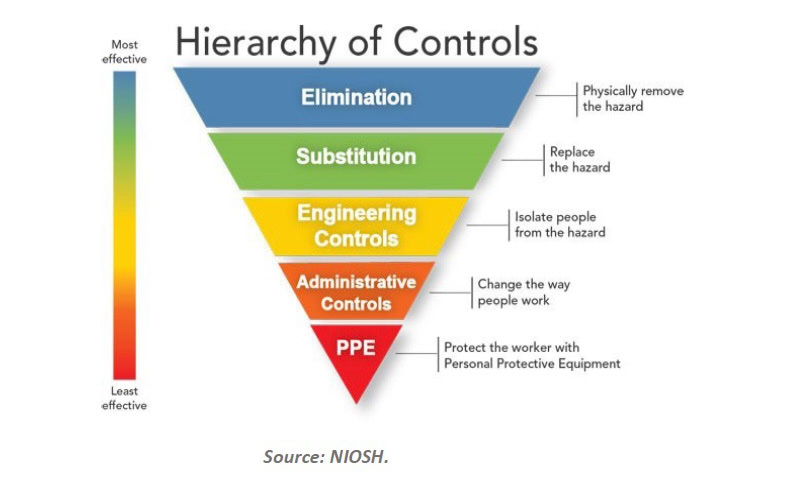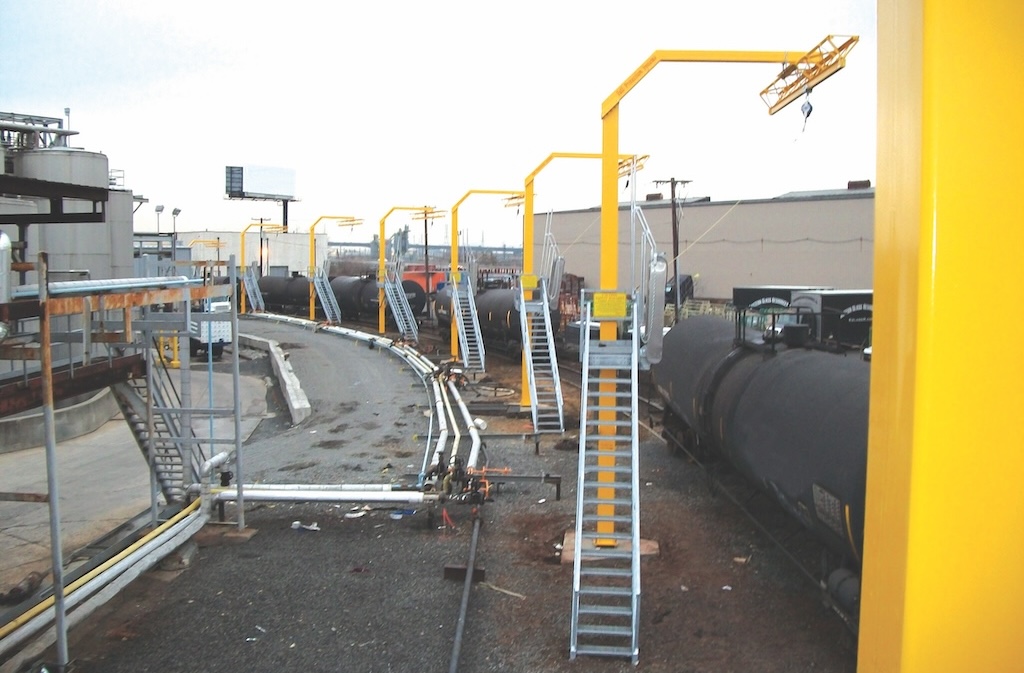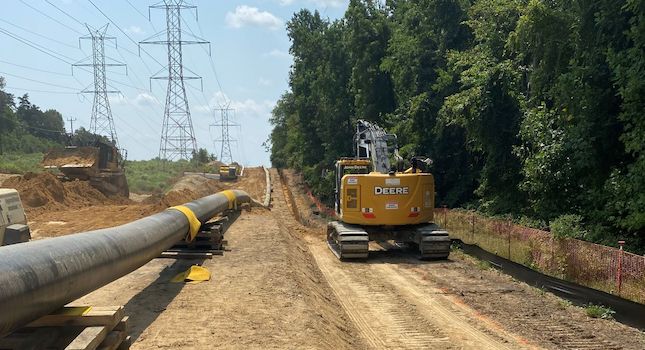This evolution has continued over the past few years to now include safety related communication and machine control. Meaning – these custom wireless operator panels are now capable of including such field devices as conventional emergency stop actuators (red with a yellow background). And, according to the manufacturers, they’re also capable of realizing and complying with the emergency stop requirements of various domestic and international standards. So, with all this lead in discussion, it’s time for the bottom line question!
Do the suppliers of these wireless (cableless) operator panels with optional safety related functions, many of which are custom panels, need a new design, build, test, and certification industrial standard? Or can they continue to follow existing application standards like:
- 1. EN ISO 13849-1: 2006
- 2. EN 954-1: 1996
- 3. EN 60204-1: 2007
- 4. IEC 62061: 2005
- 5. ISO 13850:2006
- 6. IEC 61326-3-1:2008
- 7. NFPA 79: 2007
- 8. Etc.
In my opinion, as long as suppliers are:
- Following existing safety standards and regulations
- Performing risk assessments responsibly
- Obtaining appropriate test validation certificates by NRTL’s (Nationally Recognized Testing Laboratories) for use in safety related applications
- Following their engineering discipline credo & professional responsibilities
to mention a few – why layer a whole new standard on industry that doesn’t exist today? Don’t we have enough requirements in place in the US today such that the American worker can have a safe work place as required by OSHA?
Please share your thoughts on this controversy!
Further information is available at a Webinar I’m presenting on this topic titled “The Case for Wireless Safety” scheduled for April 28th and the link for registration is – https://siemens.webex.com/mw0306l/mywebex/default.do?siteurl=siemens
For more on Machine Safety visit: www.jbtitus.com



